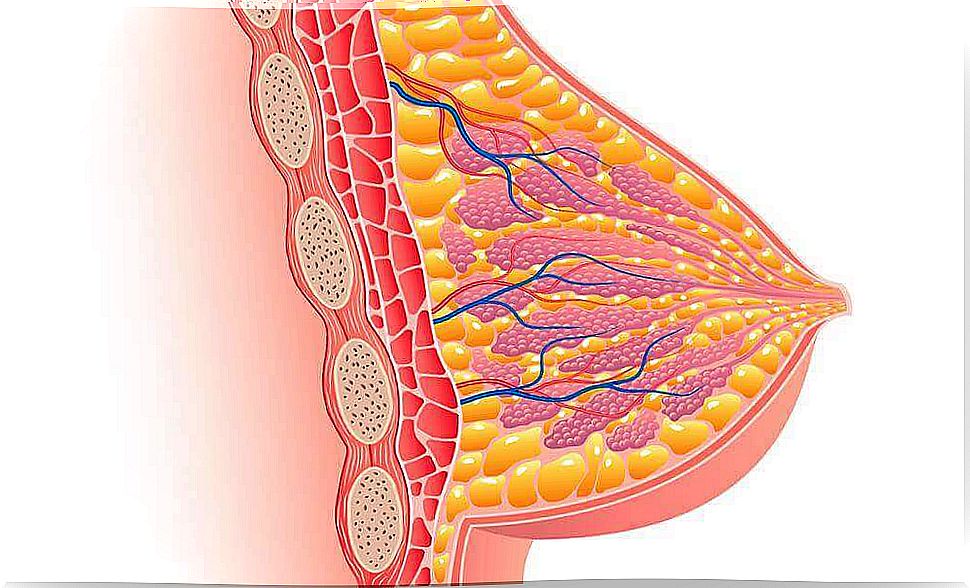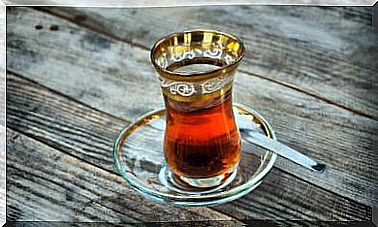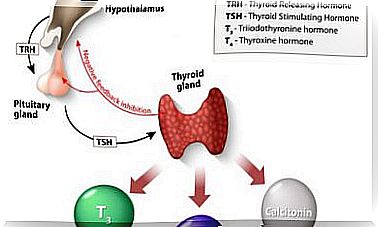Physiology Of Lactation
The physiology of lactation constitutes the set of organs, properties and functions of the same that make possible the secretion of maternal milk, a liquid of vital importance for the feeding of the newborn.
Below we will tell you how this process is carried out, from the moment the mother produces milk until she breastfeeds her baby. If you are close to receiving your baby in your arms, this interests you. Take note!
Physiology of Lactation: How is milk produced?
When discussing the physiology of lactation, it must be clear that milk production takes place in the epithelial cells of the alveoli, which are found in the mammary glands.
In them are the stem cells that are stimulated by growth hormone and insulin, while the secretory alveolar cells are stimulated by prolactin, as evidenced by this publication carried out by professionals from the University of Concepción.
Constitution of the breast:
- Lactiferous breasts : they are below the areola; milk is stored here.
- Nerves : their function is to send the order to the brain so that the milk can come out.
- Alveoli : it is where the milk is produced; the alveoli contract to remove the milk.
- Fatty tissue : envelops the entire mammary gland; works as a shock absorber.
- Lactiferous ducts : they are responsible for conducting milk from the alveoli to the lactiferous sinuses.
How is milk synthesized?
Milk secretion is synthesized in mammary cells. Some compounds are transported from plasma to cells. In the nucleus of the cell, the synthesis of DNA and RNA takes place, which were responsible for regulating cellular metabolism and the work of enzymes.
While in the cytoplasm the process of glucose oxidation, the synthesis of fatty acids and the activation of amino acids, which synthesize proteins, takes place.
Mitochondria act as power plants (ATP) and are precursors of non-essential amino acids and fatty acids. Finally, in the endoplasmic reticulum, the synthesis of proteins, triglycerides and phospholipids occurs, as well as the saturation of fatty acids.
Physiology of Lactation: How is milk transported?
The alveoli and ductules are lined with secretory epithelium surrounded by capillaries and myo-epithelial fibers, which contract in response to the stimulus of oxytocin.
Around 10 to 100 alveoli form a lobule, responsible for draining the lobular duct and the milk ducts that reach the nipple. When they are in the areola, the ducts dilate and store milk.

Where does the milk secrete?
A very important part of lactation physiology is knowing where milk is secreted. Milk is secreted in the alveolus and sometimes in the connecting duct, that is, it reacts to the effect of prolactin, as this study carried out by researchers from the National University of San Agustín points out.
Its content is sent to the milk ducts due to the contraction of myo-epithelial fibers that respond to oxytocin. Therefore, the baby sucks the milk ducts and thus obtains the milk.
Likewise, it should be noted that, by nervous stimulation, the secretion of prolactin and oxytocin also allow the ejection of milk.
On the other hand, at the beginning of lactation, the woman secretes a liquid called: colostrum. It has a yellowish color and its consistency is somewhat thick, so it is rich in proteins and mineral salts, although it has a low proportion of lactose, as this article published in Acta Pediátrica de México points out .
What are the phases of breastfeeding?
Let’s see below what are the different phases of breastfeeding so that you can appreciate in greater detail what it consists of and how incredible the human body is.
Lactogenesis
It is the first phase, the mammary gland prepares during pregnancy to be able to feed the newborn, thanks to the production of estrogens and progesterone. But, the lactogenic hormone also participates and finally prolactin is produced.
Lactogenesis is the process by which milk secretion begins; It is established between 24 hours and the sixth day after delivery. For milk secretion to occur, the baby must stimulate the nipple through suction. And so this work carried out by researchers from the University of Jaén points out.
Lactopoiesis
Lactopoiesis is the transport of milk from the alveoli to the nipples, passing through the milk ducts. It is also called galactopoiesis.
In this second phase, the adrenal glands are responsible for releasing different types of hormones. For their part, glucocorticoids synthesize lactose and casein. In addition, prolactin increases milk secretion and allows the gland to empty.
Milk ejection
Oxytocin has effects on the myoepithelial cells of the milk ducts. These ducts contract and help the expulsion of their contents.
In this sense, it should be noted that, by sucking the nipple, carried out by the baby’s mouth, milk production is stimulated. And so it is stated by a publication made by medical professionals of the University of Medical Sciences of Havana.
You may be interested: Why is breastfeeding important?
Physiology of Lactation: Benefits of Breast Milk
When we talk about the physiology of breastfeeding, we have to take into account the benefits that it has both for the baby and for the mothers themselves.

Benefits for the baby
- It has adequate amounts of protein, fat, and carbohydrates.
- It offers nutrients that are required for its growth and development.
- It helps to form healthy teeth and prevents deformations in the mouth and teeth.
- When you receive colostrum, it provides you with defenses to fight diseases.
- It provides vitamins, minerals, digestive proteins and hormones that babies need.
- Breast milk is hygienic, does not spoil and does not have contamination risks.
Benefits of for the mother
- During lactation, the onset of menstruation is delayed.
- It allows mother and baby to bond and strengthen it.
- Relieves discomfort caused by saturation of the breasts.
- Helps to lose weight faster.
- It could help lower the risk of diseases like ovarian cancer, osteoporosis, obesity, and heart problems.
And so this publication of Naturopathic Medicine points out .
On the physiology of lactation
Until now we knew in a very superficial way how breastfeeding was carried out. However, now that we know the physiology of breastfeeding, we have a deeper understanding of this process and can appreciate how amazing the human body is.








